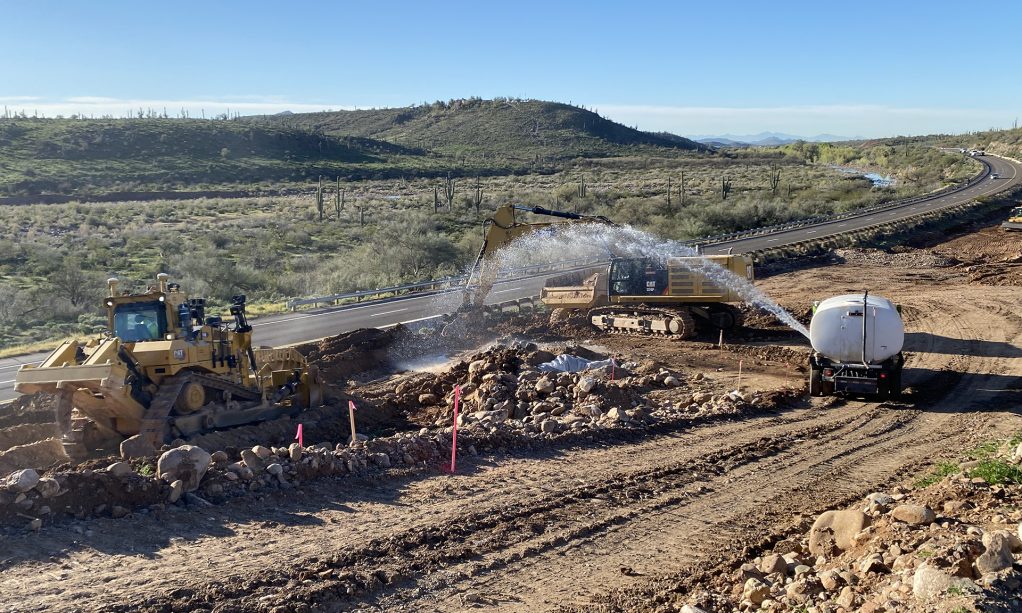While a Construction Quality Program can take on many forms, depending on owner agency resources and preferences, funding agency mandates, project type and size, project delivery mechanism, and numerous other variables, most effective programs involve a well orchestrated combination of construction management, verification through inspection and measurement, and physical property and behavior quantification through materials testing. At the risk of gross oversimplification, the basic objective of any quality seeking program is to assure that by the end of the project, compliance with the contract documents has been both achieved and documented. Most large public works agencies with multi-billion dollar construction programs, for example State highway departments, have developed, implemented, evolved and documented their own procedurally driven Construction Quality Programs, that when applied to all of their projects in aggregate, serves to validate their construction program as a whole. In fact, even individual mega-projects, typically approaching a hundred million or more in construction value, often utilizing some form of alternate delivery method, employ their own well defined and regimented project specific quality programs in order to satisfy owner requirements, and upstream funding agency obligations. A well conceived, and properly implemented Construction Quality Program will mandate the procedures and establish the checks and balances that are necessary for achieving consistent quality on very large agency wide efforts, yet that same Construction Quality Program may not be applicable to a relatively small individual, stand alone, construction project without scaling as appropriate, adapting to the specific conditions of the job, and considering the entities and roles involved. Every agency, big and small, needs to understand and appreciate their own overall quality objectives, and define their own role in that process, before establishing quality program standards for their jobs.
If you just have just finished this article and noted to yourself that the terms Quality Control and Quality Assurance were missing, your observation is correct. Such terminology was intentionally avoided to reinforce my main point that all quality focused programs share a common objective, regardless of the names and labels applied, or the buzzwords thrown into the conversation.
